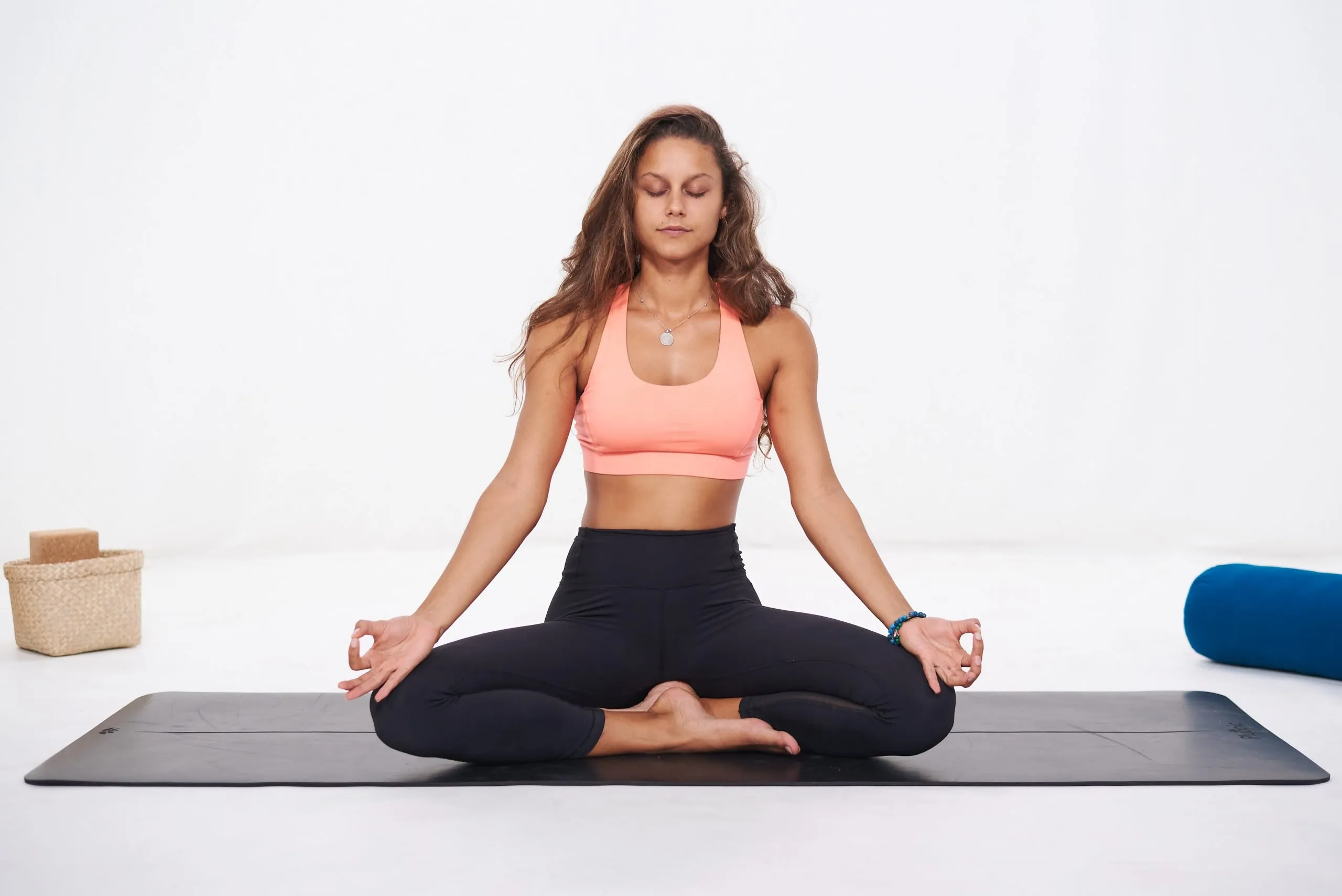
Chakra Yoga Poses: A Guide to Healing Through Asana Practice
The chakra system is a vital part of ancient yoga philosophy, yet this spiritual aspect of yoga is missing in many modern-day yoga classes. Since
We’re Turning 5 – Celebrate With an EXTRA 15% OFF!
✨ Use code: PPB5YEARS at checkout
⏳ Offer ends Sunday at midnight – no extensions
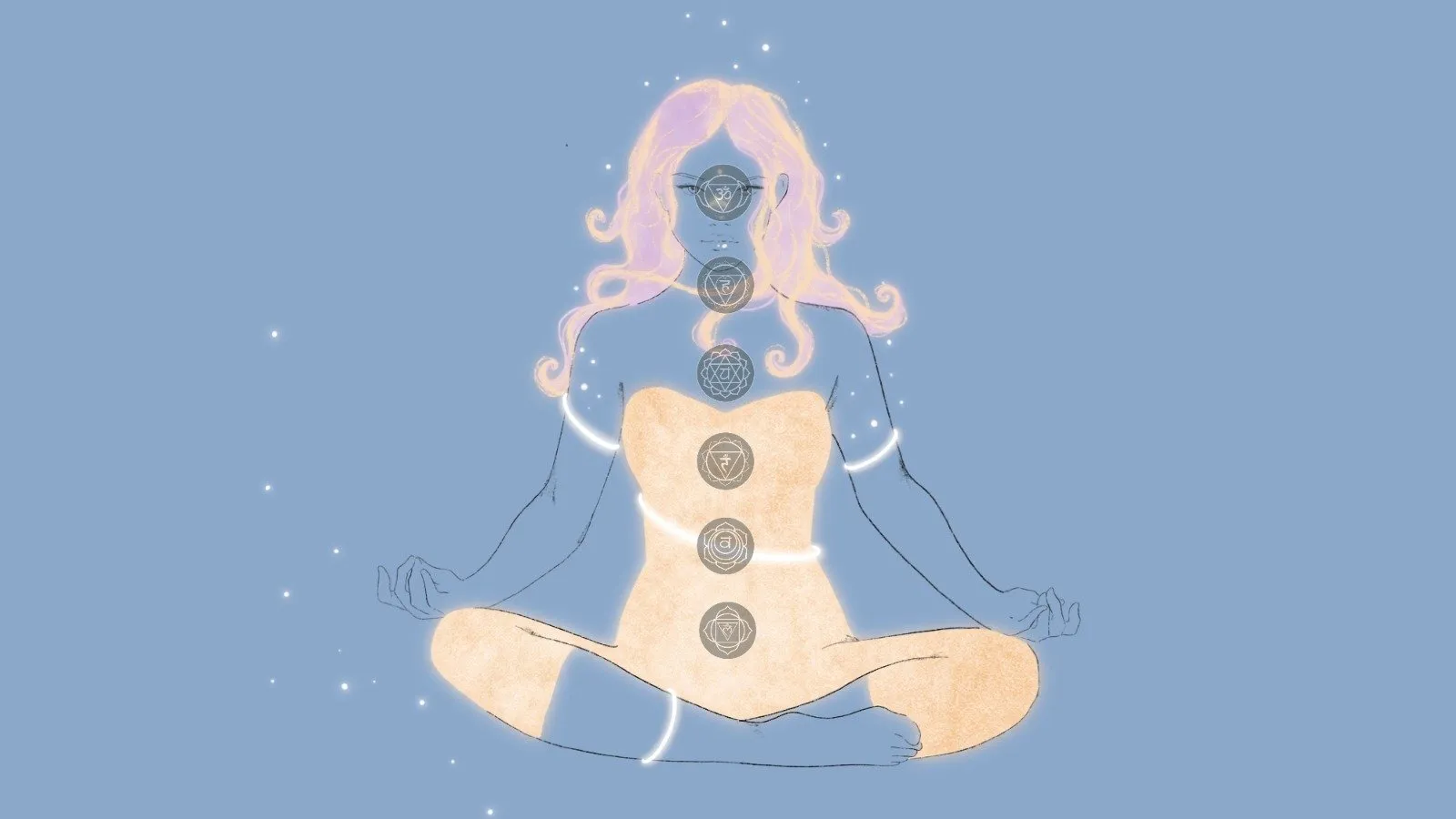
If you’ve been practicing yoga for a while now, you’ve likely come across the chakras. You might know they have something to do with the energetic body, but what exactly are they?
This article will give an easy-to-digest overview of the chakra system and the seven major chakras. We’ll also explain how blocked energy centers can affect how we feel and act and share the most common ways of bringing them back into balance.
The chakras are a system of energy centers that form part of our subtle body. We cannot see these energetic centers, but we can feel their effects as each one plays a particular and essential role in our health and wellbeing.
The chakras originated in India and have been mentioned in several ancient Hindi texts, including the Vedas and the Upanishads. Chakra is a Sanskrit word meaning “wheel,” as it is said that the energy of the chakras spins and turns like a wheel.
Although yogic scriptures suggest the chakra system was discovered between 1500 and 500 BC, modern-day science can still not prove they exist. The following information has been gathered from ancient teachings and New Age philosophers, but there is no scientific evidence to back it up.
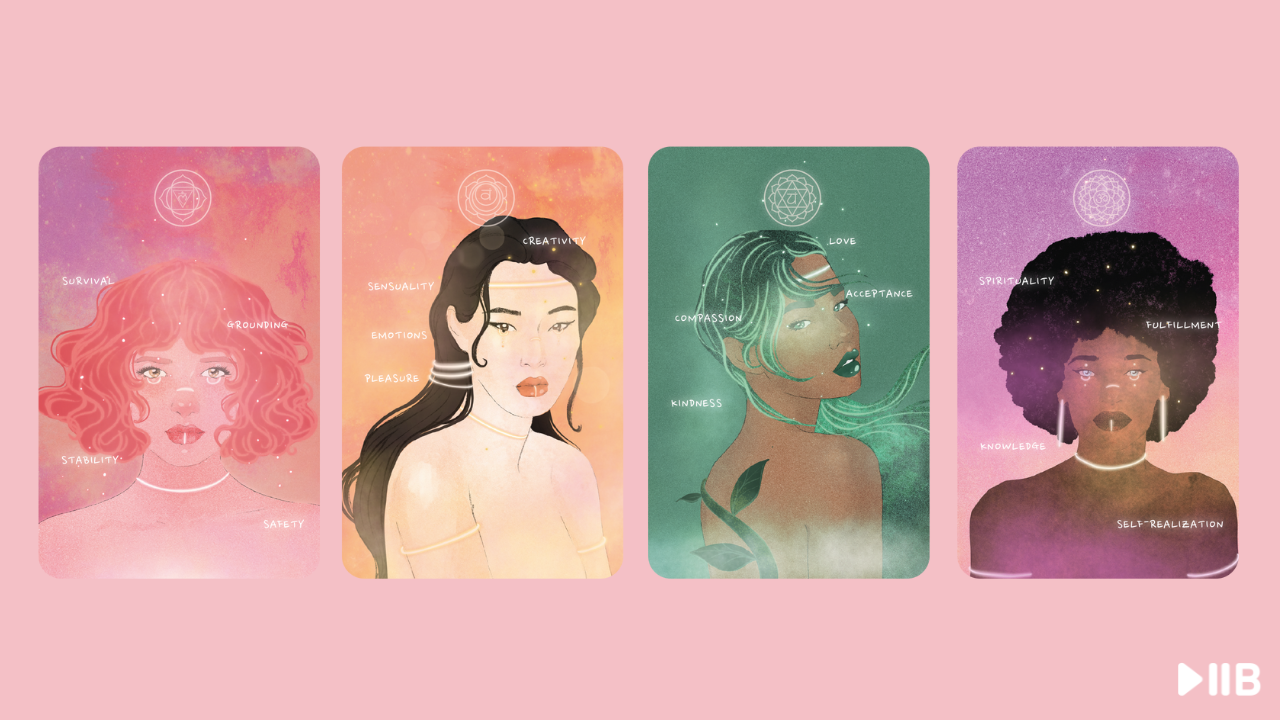
The most common belief in Hinduism is that there are seven primary chakras (although some texts state there could be up to 88,000 chakras altogether). Each of the seven major chakras governs a specific part of our being and is associated with one or more organs or bodily systems.
The root chakra (Muladhara in Sanskrit), located at the base of the spine, governs our sense of safety and security and is associated with our basic needs. When balanced, this chakra makes us feel centered, grounded, and at ease in the world.
This chakra can become blocked if we experience a stressful or traumatic event that makes us feel unsafe or insecure. If this happens, think pessimistic thoughts, struggle to trust others, and get stuck in a victim mentality.
The sacral chakra (Swadhisthana) sits in the lower belly, close to the reproductive organs, and is associated with our creativity, sexuality, pleasure, and joy. A balanced second chakra connects us to our purpose and creative potential.
The sacral chakra can become blocked from sexual trauma, repressed emotions, or addictions. Signs of an inactive Swadhisthana include the inability to feel joy and pleasure, creative blocks, and low self-worth.
The solar plexus chakra (Manipura) sits in the upper abdomen and is the home of our personal power. When open, this center gives you confidence, self-belief, courage, determination, and resilience, helping you move towards your dreams.
Knockbacks, criticism, and failures can block this chakra and make you feel stuck. If this happens, you may feel fearful and lack confidence, resulting in a low self-image and fatigue.
The heart chakra (Anahata), located in the center of the chest, governs the condition of our relationships with others and ourselves. This center is related to compassion, kindness, self-love, gratitude, and empathy.
When open, we can freely give and receive love. But when blocked, we may struggle to create meaningful connections with others, build successful relationships, or heal from past hurt.
The throat chakra (Vishuddha) sits in the center of the throat and is the center of truth and communication. This chakra helps us communicate better and speak our truth. When open, we can voice our opinions freely, listen to contrasting views, and speak up for what we believe in.
However, if underactive, we can fear public speaking, avoid voicing our opinion, and tell others what they want to hear to keep the peace. Moreover, a blocked throat chakra can cause difficulty expressing creative ideas.
The third eye chakra (Ajna) is located between the eyebrows, governing vision, wisdom, and imagination. Along with giving clear physical vision, an open third eye chakra allows us to connect to our spirituality, accessing our intuition and inner wisdom.
If this chakra is not open, you may struggle to make decisions (and often make wrong ones), lack imagination, or struggle to see things from others’ perspectives.
The crown chakra is the last of the seven major chakras, floating just above the top of the head. This center relates to our spiritual connection and, when open, allows us to connect to the divine.
For many people who do not seek a spiritual path, this chakra may remain closed for their entire life. Signs of a blocked crown chakra include total disbelief in spirituality and a close-minded attitude to other ideas.
As you can see, a blocked chakra can bring us into a state of “dis-ease” mentally, emotionally, and physically. However, the good news is that you can heal and balance your seven chakras through various spiritual practices.
According to traditional Hatha yoga texts, chakras are used as a meditation tool to install mantras and deities. However, in conjunction with meditation, practicing specific yoga postures may stimulate a particular chakra and thus, improve the energy flow there. You can also start working with the chakras through yoga postures, and then build up the practice by connecting with the energy centers through meditation.
In general, poses that stretch or compress the physical location of a chakra are most beneficial but many asanas target multiple chakras. For example:
Did you know the PlayPauseBe yoga deck has chakra indications on the top of each asana card? The colored-in chakras are the energy centers that the posture can stimulate.
Therefore, you can use the PlayPauseBe deck to select the yoga postures that activate the specific chakras you’re working on. Alternatively, you can easily combine poses for all chakras, creating sequences to align the entire energetic system.
As an example, a chakra balancing yoga sequencing using the PlayPauseBe yoga deck could look like this:
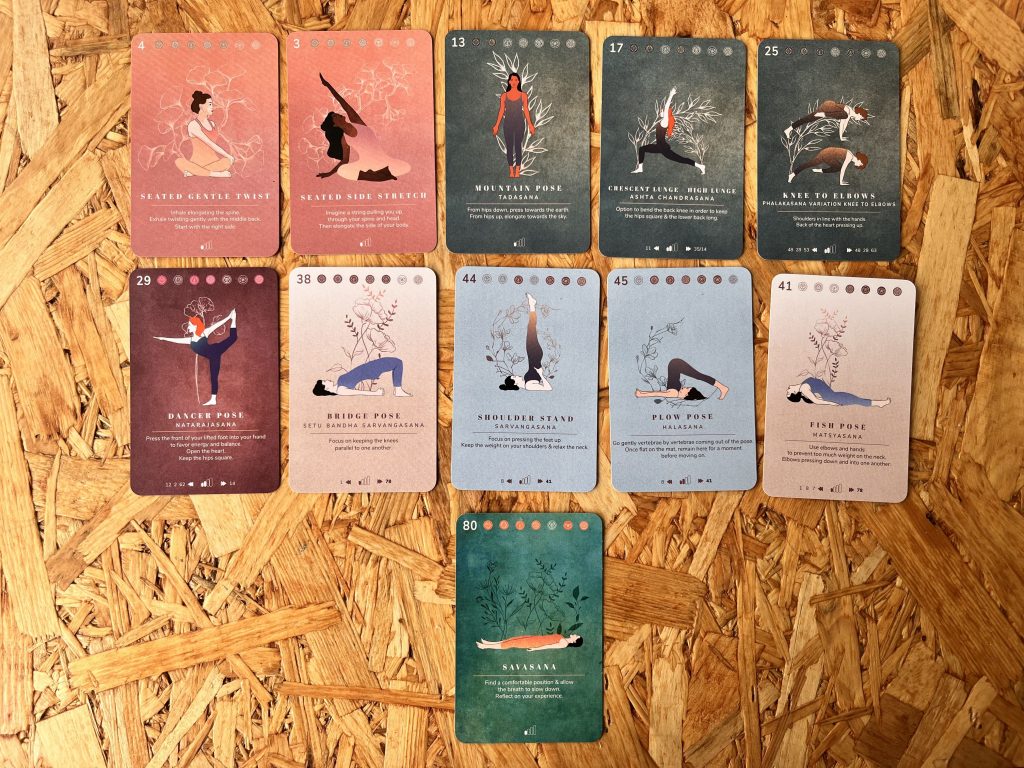
For more chakra sequencing ideas, you’ll find tons of inspiration in the PlayPauseBe Yoga Sequence Guidebook Volume 1.
The practice of meditation can help bring the chakra system into alignment. You can also heal specific chakras by visualizing a chakra’s energy and color in its physical location or focusing on the qualities of a particular chakra.
For example, if working on the root chakra, picture a red ball of energy at the base of your spine. Or for the third eye chakra, use this guided meditation to enhance your intuition and connect deeper to your inner wisdom.
Plus, each chakra has an associated mantra and mudra that you can incorporate into your meditation practice.
It is believed that the powerful healing properties of crystals may help heal chakra blockages. Crystals that share the same color as a chakra also possess the same qualities and frequency. You can use them by meditating with them, wearing them as jewelry, or placing them next to your yoga mat.
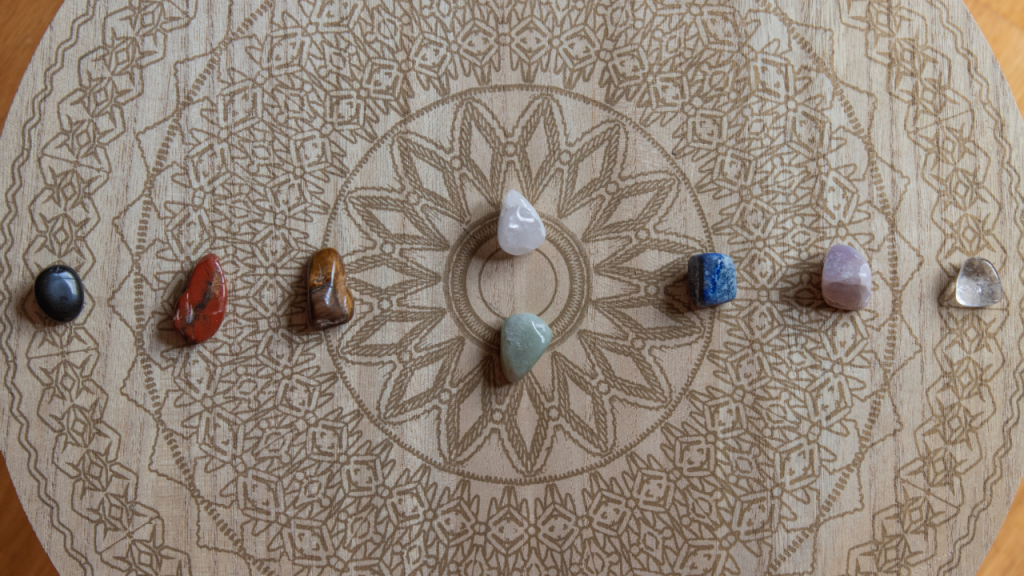
Like yoga, working with the chakras can improve your physical and spiritual wellbeing. Therefore, incorporating chakra healing into your daily yoga practice can help you connect deeper to yourself and boost the already powerful benefits of yoga!
The PlayPauseBe yoga deck will help you create personalized sequences, focusing on a specific chakra. Click here to learn more.

The chakra system is a vital part of ancient yoga philosophy, yet this spiritual aspect of yoga is missing in many modern-day yoga classes. Since
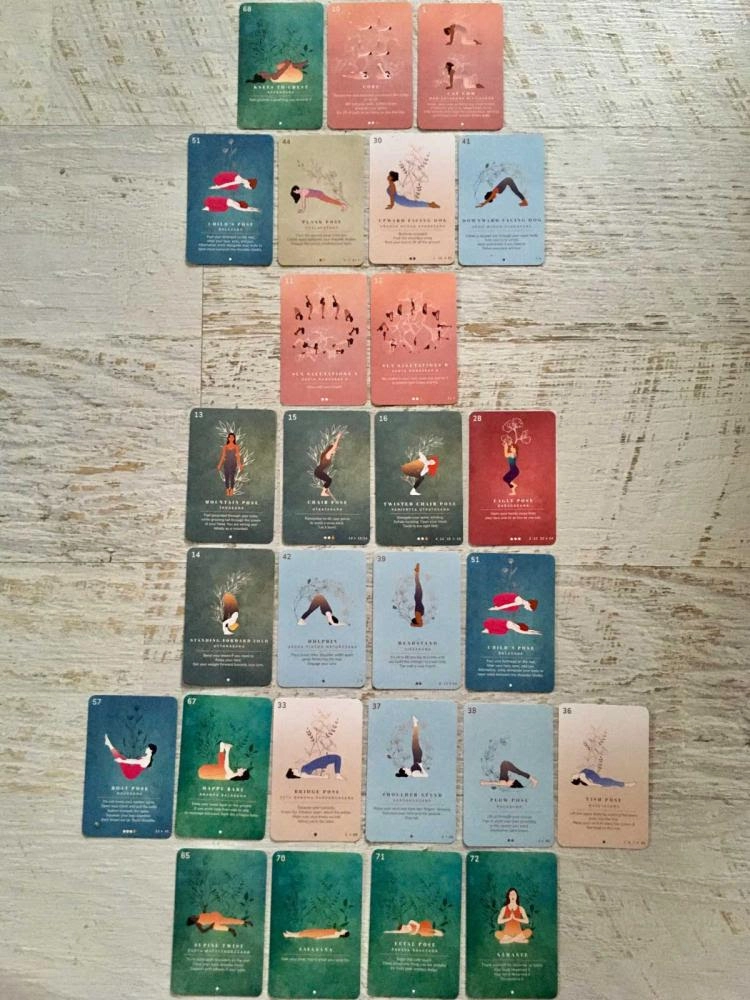
Have you had a chance to think about Saucha — and apply it to your life this past week? Saucha, the first Niyama, is all about how
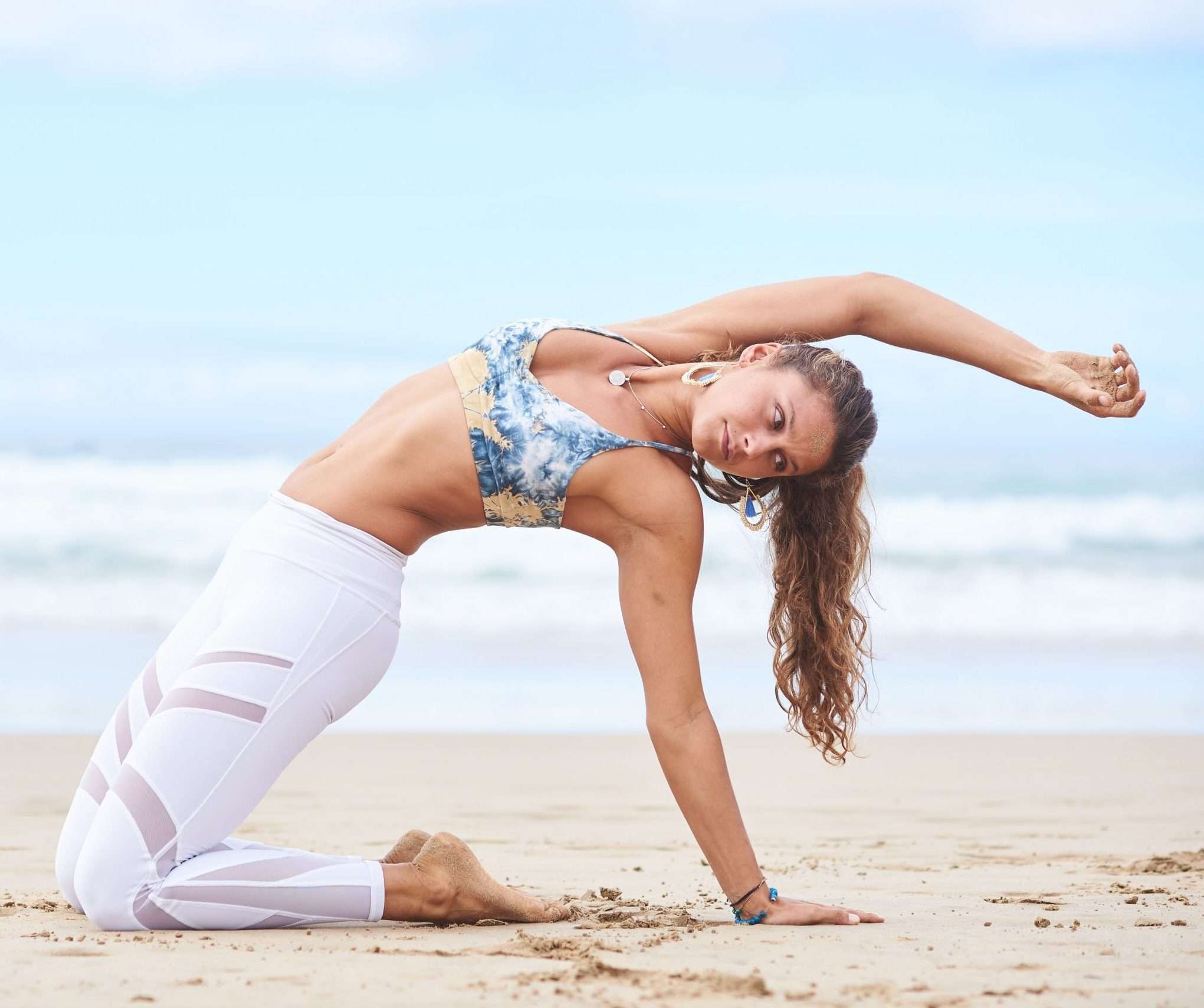
Lung health is not only crucial for smokers and people with existing respiratory problems. Our lungs provide vital oxygen to all our body’s organs and,

Celebrate With an EXTRA 15% Off
Enjoy an extra 15% OFF everything – decks, bundles, and courses.
✨Use code: PPB5YEARS at checkout
Offer ends Sunday at midnight – no extensions!